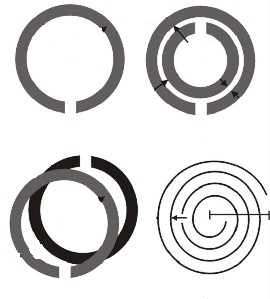OK, so technically I have not yet blogged about the concept of “Storytelling 2.0,”* but if you you follow storytelling, you know about Bryan Alexander’s and Alan Levine’s piece by that title in EDUCAUSE Review.
Similarly, Lars Bastholm writes about “Social Storytelling,” which I would consider analogous — or at least closely related to Storytelling 2.0:
Storytelling used to be a closed loop. As Aristotle said: “A story needs to have a beginning, a middle and an end.” Social storytelling flies in the face of that. It is open-ended. The objective is to tell a story in a way that leaves room for the consumers to fill in the blanks, to add their own tendrils to the main storyline.
Bastholm is primarily talking about branded stories in advertising, but I think this open-loop storytelling particularly applies to the types of storytelling we’re seeing in social media and lifestreaming in which we see ongoing snippets that tell people’s stories. Those stories remain open as long as the folks behind them are alive and telling their stories publicly.
I don’t think this kind of open-loop storytelling is unprecedented. The best example I can think of is the soap opera. Story arcs end on soap operas, but the bigger story goes on as long as the soap opera goes on. Sure, many soaps end, but others, like “Guiding Light,” are still going strong after 50+ years.
What other examples of open-loop storytelling are out there? Is there a downside to this kind of storytelling?
*I will eventually blog about Storytelling 2.0. It’s one of those topics that so excites me that I want to make sure I do it justice.
In the meantime, stay tuned tomorrow for a post that relates to the open story loop.
